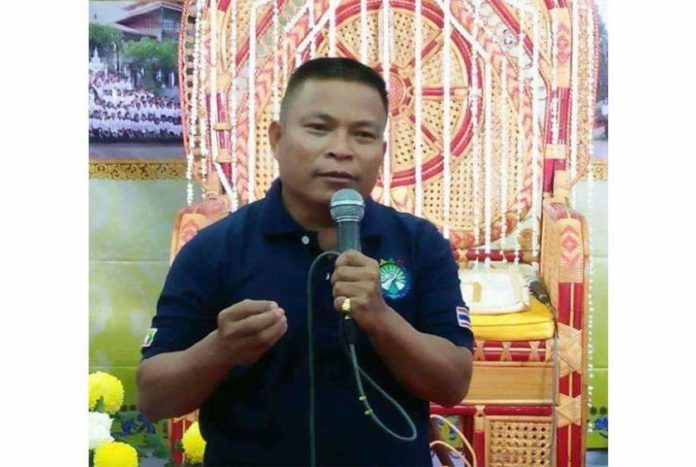Since December 2020, most Burmese migrant workers have been infected in the resurgence of Covid-1 9, which began to spread in the Mahachai area of Samonskhun District, Thailand. The Maha Chai area is where most of the Burmese migrant workers live, and in order to find out the situation of the Burmese migrant workers currently living in the area, I would like to recall what I contacted with U Khaing Gyi, Chairman of the Myanmar Labor Assistance Alliance (AAC) based in Thailand.
“There are about 10,000 people who are off work. About ten thousand people are unemployed. It depends on the government to get those people back to work.”
Q – Please tell us about the resurgence of Covid-19 in Thailand’s Maha Chai region, where the majority of Myanmar migrant workers work.
Answer – The positive spread of Covid-19, which started from the Thalang shrimp market on December 13, has now infected more than 1,500 people and 2,000 people. Among them, the most infected are Burmese migrant workers. If the Thai people are positive, they go to the hospital. If the Myanmar people are positive, they will go to the Quarantine Center. There are about 900 Burmese workers at the temporary Covid treatment center at the Maha Chai football stadium.
Q – Please tell me about the protest where the download was placed.
Answer – About 700 people have been evacuated from the loading area. The reason workers are suspicious is that the families who lived with the 700 people are worried that their rooms may not be suspected patients. People who live together and eat together are asking to be sent to the Quarantine Center to see if they can’t cross. In the middle of the request, the infected people were sent back to the loading area. At that time, they were protesting. The real demand of the workers is to take suspected patients as well. I didn’t ask to bring the person back. Riots and protests are not Burmese. Thais. Burmese came because the businessmen took them.
Q – Because the infection is spreading where the majority of Burmese live, they blame Burmese, so what are the main difficulties faced by Burmese workers?
Answer: They say they are positive because Burmese sneaked in, so some shops don’t sell goods to Burmese. In Myanmar, we are facing these problems, such as not being asked to ride on the buses. In factories, you can enter only if there is no infection. Sometimes they give 14 days. The challenge facing Burmese is that you, Burmese, have this disease. Do not enter this factory. Don’t just say don’t take this bus. Don’t buy and eat at this shop. I feel like that. For these challenges, we have reported to the relevant mobile centers to test those who are not infected.
Q – What are the other difficulties?
A – For the workers in the loading area, people from outside donated food, so food is OK. But the problem is the room fees of the rented hostels. The workers have been locked out and cannot work, so the room fee, water It is difficult for electricity.
Q – How many Burmese workers are currently unemployed due to the lockdown?
A – There are about 10,000 people who are off work. About ten thousand people are unemployed. It depends on the government to get those people back to work. Prioritize business? Prioritize disease control? We need to get through this period quickly and in a short time. The two governments have to negotiate that. Otherwise, the download time will increase. Of course, if you have an infection-free certificate, you should be asked to work. The government did not give a certificate of being free of infection. Only private hospitals. So, the workers will stay after taking a leave of absence. After spending all the money, I wondered if it would work.








